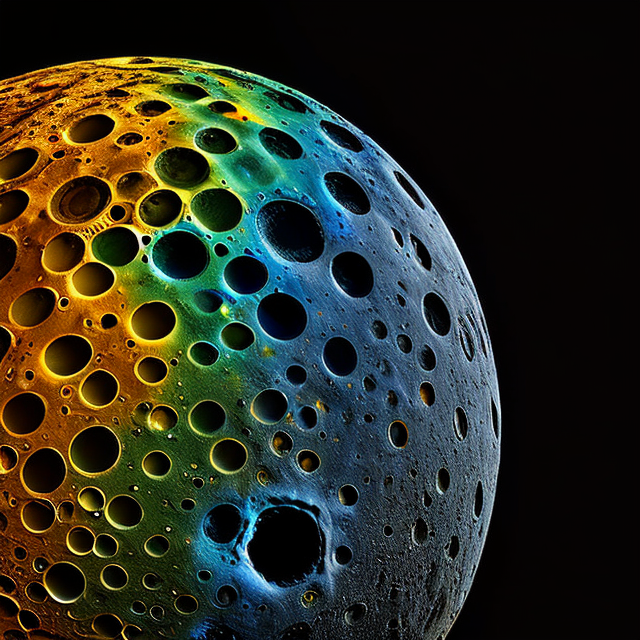|
|
Space Astro
|
Info for exoplanet "Nyoso Go"
| Scientific (actual) data |
|---|
| Name | Kepler-323 c |
| Planet status | Confirmed |
| Radius | 0.145 |
| Orbital period | 3.55382 |
| Semi major axis | 0.046 |
| Discovered | 2014 |
| Updated | 2021-02-05 |
| Tconj | 2454970 |
| Impact parameter | 0.1 |
| Publication | Announced on a website |
| Detection type | Primary Transit |
| Alternate names | 2MASS J19253173+3807388 c, K01824.01, KIC 2989404 c, KOI-1824 c, KOI-1824.01, WISE J192531.74+380738.9 c |
| Star name | Kepler-323 |
| Right ascension | 291.38° |
| Declination | 38.13° |
| Mag j | 11.689 |
| Mag h | 11.423 |
| Mag k | 11.354 |
| Star distance | 460.8 |
| Star metallicity | -0.078 |
| Star mass | 1.09 |
| Star radius | 1.18 |
| Star temperature | 5987 |
| Star alternate names | 2MASS J19253173+3807388, KIC 2989404, KOI-1824, WISE J192531.74+380738.9 |
| Wikipedia article | Kepler-323 c |
Back
| |
| Fictional info (?) |
|---|
| Suggested name | Nyoso Go |
| Planet type | Hot planet |
| It is radically different from Earth in other respects. The atmospheric pressure at the planet's surface is 1.4 bar, or roughly the pressure found 1395 m under the oceans of Earth.
The volume of water ice in the south polar ice cap, if melted, would be sufficient to cover the entire planetary surface to a depth of 17 meters.
very expensive journey. |
| Atmosphere | Ozone | 53% |
| Oxygen | 23% |
| Ammonia | 21% |
| Formaldehyde | 2.6% |
| Hydrogen peroxide | 0.029% |
| Hydrogen | 0.028% |
| Nitric oxide | 0.0022% |
| Carbonyl sulfide | 0.0018% |
| Atmospheric pressure | 1.4 bar |
 |
| Moon | Secho Zaujo-ja | Small round rocky moon |
| Jogori Ba | Small potato shaped rocky moon |
| Gigapo | Very small potato shaped rocky asteroid |
| Jichu-miki Hakyo | Small irregular gaseous moon |
| Suchiro Uochocha | Huge round rocky asteroid |
| Jukyori Noki | Small irregular rocky planetoid |
| Kyopya Wo | Large round gaseous asteroid |
| Yogyo | Huge almost round ice moon |
| Hyunu | Very small almost round oceanic comet |
| Openge Kyago Tsu | Small round oceanic moon |
| Tabihi-gya | Small almost round rocky moon |
| Zufuryo Me | Medium-sized irregular ice planetoid |
| Yoibu Ri | Huge potato shaped crater-filled moon |
| Teko'kyu | Medium-sized round gaseous comet |
| Gyasu Kyuryo | Medium-sized potato shaped gaseous asteroid |
| Rosekyu Ryu | Large almost round rocky comet |
| Gejihi Hyuza | Large almost round ice asteroid |
| Kena Besa'woryo | Medium-sized potato shaped gaseous asteroid |
| Moshoji | Small almost round rocky asteroid |
| Bibekuro | Large almost round ice comet |
| Wotekyu | Very small irregular crater-filled asteroid |
| Myochosa | Huge slightly egg-shaped gaseous planetoid |
| Shusuhyo-tsupa | Medium-sized round rocky comet |
| Google search for Nyoso go |
|
Website by Joachim Michaelis
|
|
|
|